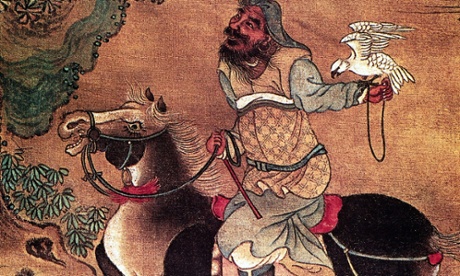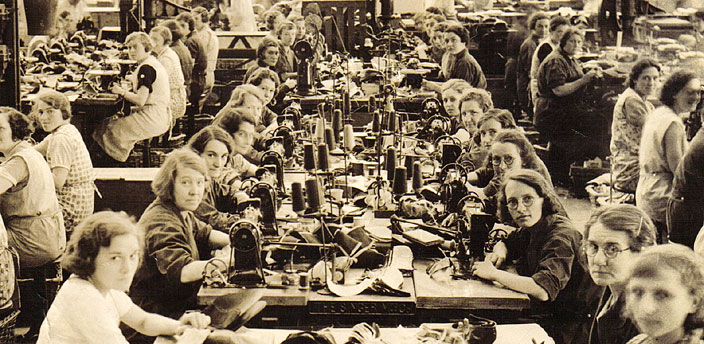
First of all Kung hei fat choy! A happy Chinese New Year!
This year is the Year of the Horse, and as a fire horse myself I am hoping for a year of good health and happiness. It will come as no surprise to those of you who know me that people born in the year of the horse are animated, energetic, active, good communicators and witty; with a straightforward and positive attitude towards life! Well most of the time :) But perhaps a more familiar trait is that we stand firm on our principles. With the Mongol ruler, Genghis Khan also a horse, perhaps I should be a little less principled this year for Mr Ducker's sake.
Now onto shoemaking. We receive lots of enquiries from people keen to get into the business...but who do not necessarily know what the opportunities are or how small the industry here is.
We usually encourage them to visit as many designers, closers, leather merchants, shoemakers, retailers and associated businesses as possible - how otherwise can they know that it is for them? And any experience gained is invaluable.
The good news is that internships, training and apprenticeships do exist in the industry with several companies running their own schemes. But movement is also afoot to broaden what is on offer and to develop an industry-wide scheme. Once details are available we will let you know more about it. In the mean time, it is worth contacting manufacturers directly to see if they have opportunities and to use the British Footwear Association as a resource for news and contacts.


In the mean time, if you're curious to find out more about the shoemaking industry in England then here's a fascinating new website that celebrates shoemaking in Northampton. As you can see, the number of brands may have decreased from 240 in the 1940s to around 34 today, but it still represents a sizeable (and growing) manufacturing industry as the list of current brands shows.
Talking of shoe manufacturing, I'll finish with a piece of carreducker history on You Tube. Top gentleman, avid cyclist and general good thinker, Mr Jon Snow of Channel 4 news fame, is pictured doing four extraordinary and rather cool things.
He is 1) singing 2) Blur's Park Life 3) at an Amy Winehouse Foundation gig whilst 4) sporting a pair of handsome carreducker Half-cuts, and bouncing! He's also sported them on the red carpet...at the BAFTA's no less!
 |
| Jon Snow in black & red Half-cuts at the BAFTAs! |
 |
| Classic with a twist! |
And in a neat segway, the Half-cuts were manufactured for us in Northampton by Trickers!
Until next week happy shoemaking!














.jpg)


.jpg)





























